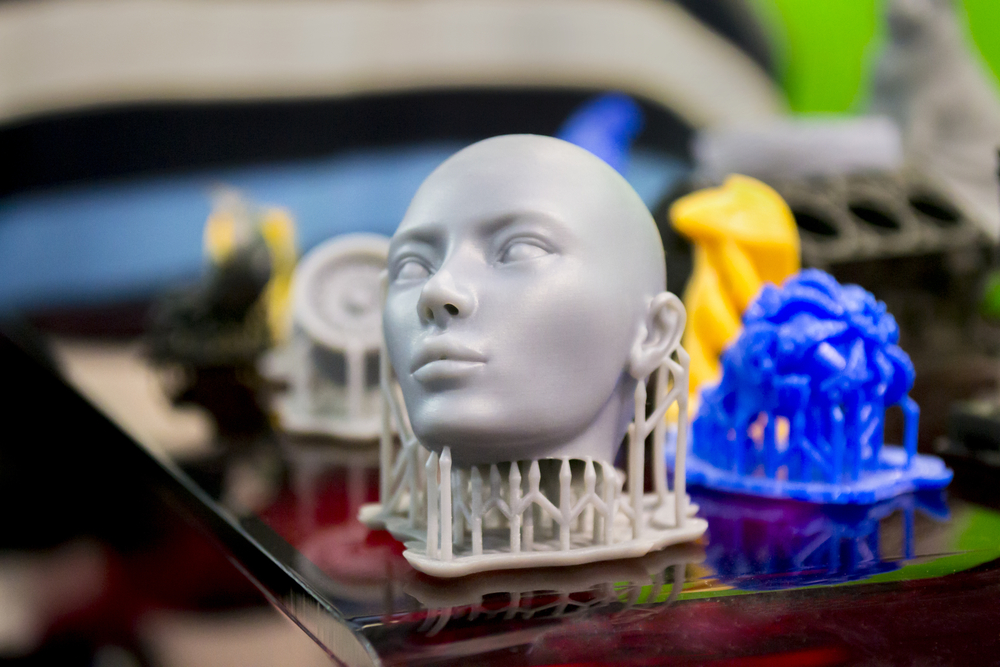Design Optimization: AI can be used to optimize the design process in 3D printing. By analyzing large datasets and applying machine learning algorithms, AI can generate and evaluate numerous design variations to identify the most efficient and effective designs for 3D printing. This can lead to improved product performance, reduced material usage, and enhanced structural integrity.
Generative Design: AI can generate complex and innovative designs that are difficult to conceive manually. By defining specific constraints and objectives, AI algorithms can explore a wide range of possibilities, leading to unique designs optimized for 3D printing. This opens up new avenues for design creativity and optimization.
Quality Control: 3D printing can sometimes result in manufacturing defects or errors. AI can play a crucial role in quality control by analyzing 3D printed objects and identifying any defects or deviations from the intended specifications. This can help ensure the production of high-quality, consistent products.
Process Monitoring and Optimization: AI can monitor and optimize the 3D printing process in real-time. By analyzing sensor data and feedback during printing, AI algorithms can make adjustments to parameters such as temperature, speed, and material flow to optimize the printing process and improve print quality and efficiency.
Material Selection: AI can assist in the selection of suitable materials for 3D printing applications. By considering factors such as material properties, structural requirements, and cost, AI algorithms can recommend the most appropriate materials for specific applications, facilitating the material selection process.
Workflow Automation: AI can automate various aspects of the 3D printing workflow. This includes tasks such as file preparation, slicing, and support structure generation. AI algorithms can streamline and optimize these processes, reducing manual effort and improving overall productivity.
Post-Processing Optimization: AI can help optimize post-processing steps after 3D printing. For example, it can analyze surface finish requirements and recommend the most efficient post-processing techniques or toolpaths for achieving the desired results.
Overall, the integration of AI and 3D printing offers tremendous potential for advancing manufacturing processes, design optimization, and quality control. By leveraging the capabilities of both technologies, we can unlock new possibilities and drive innovation in various industries.




